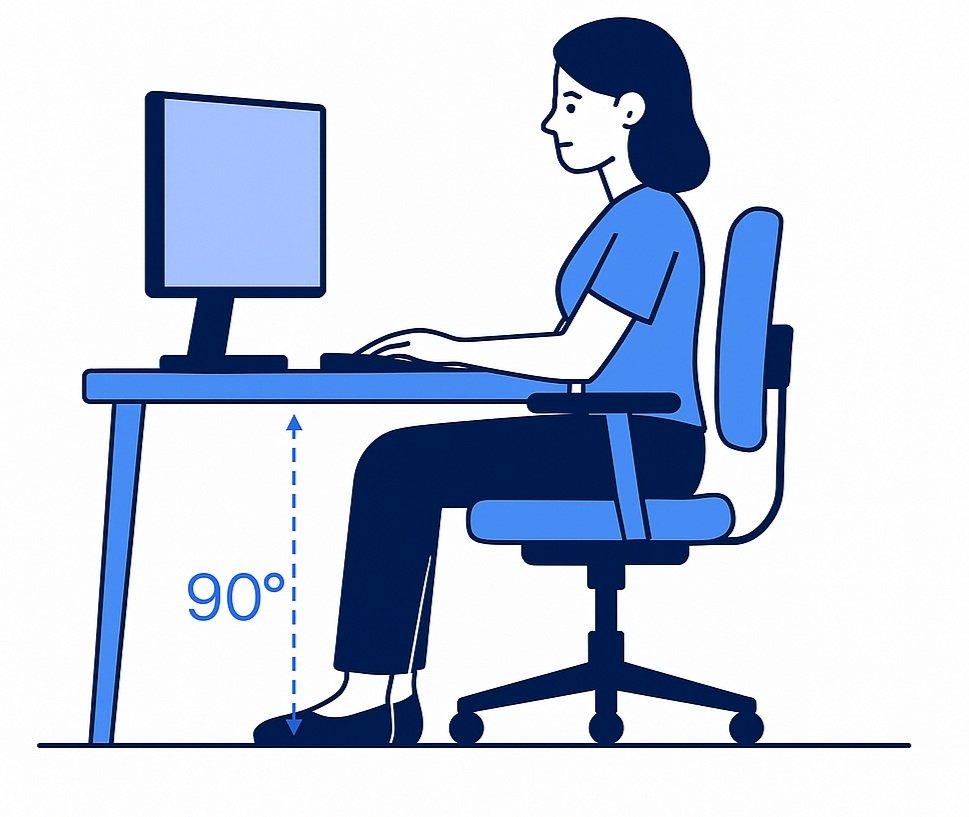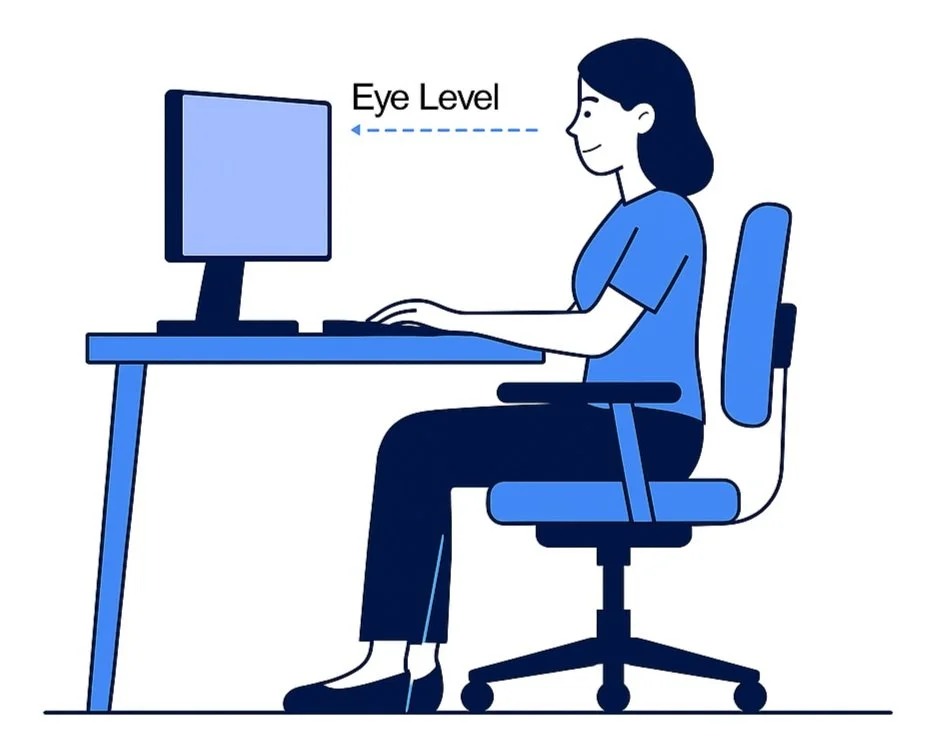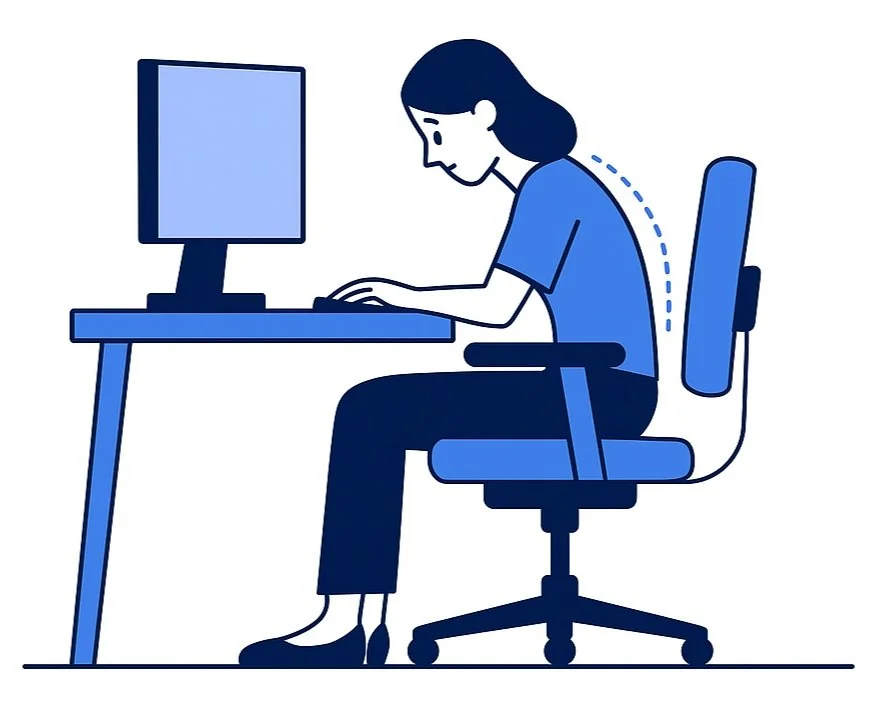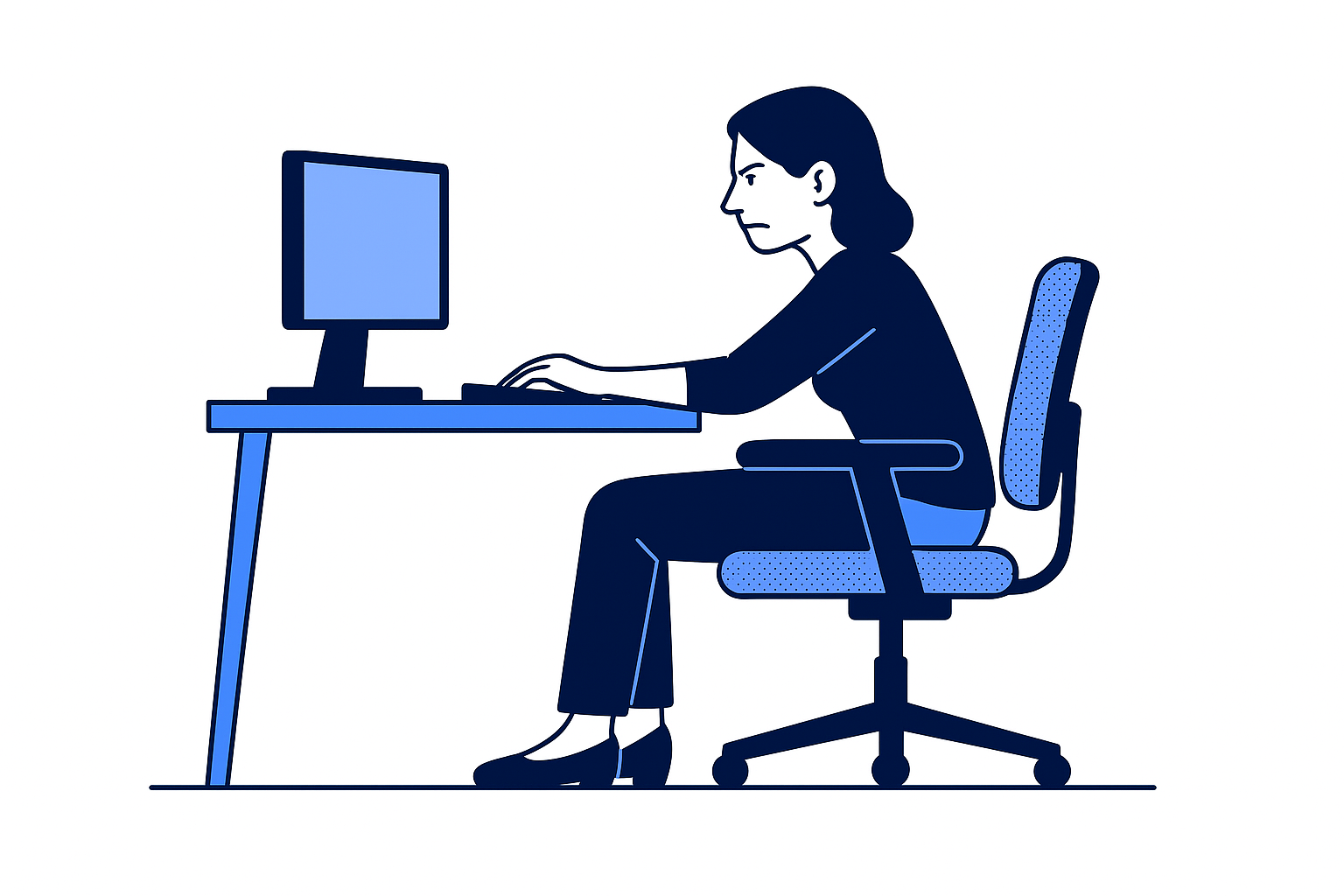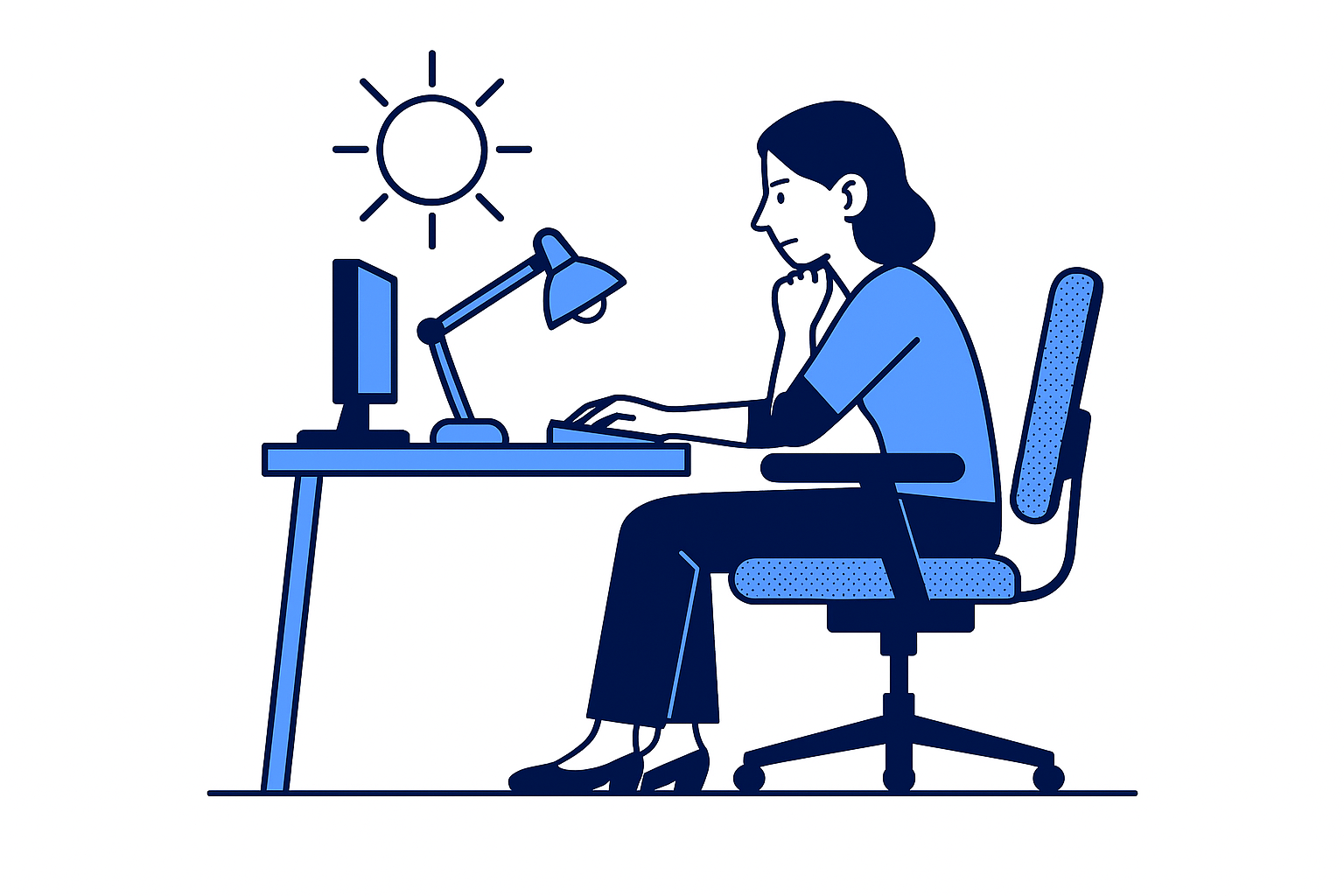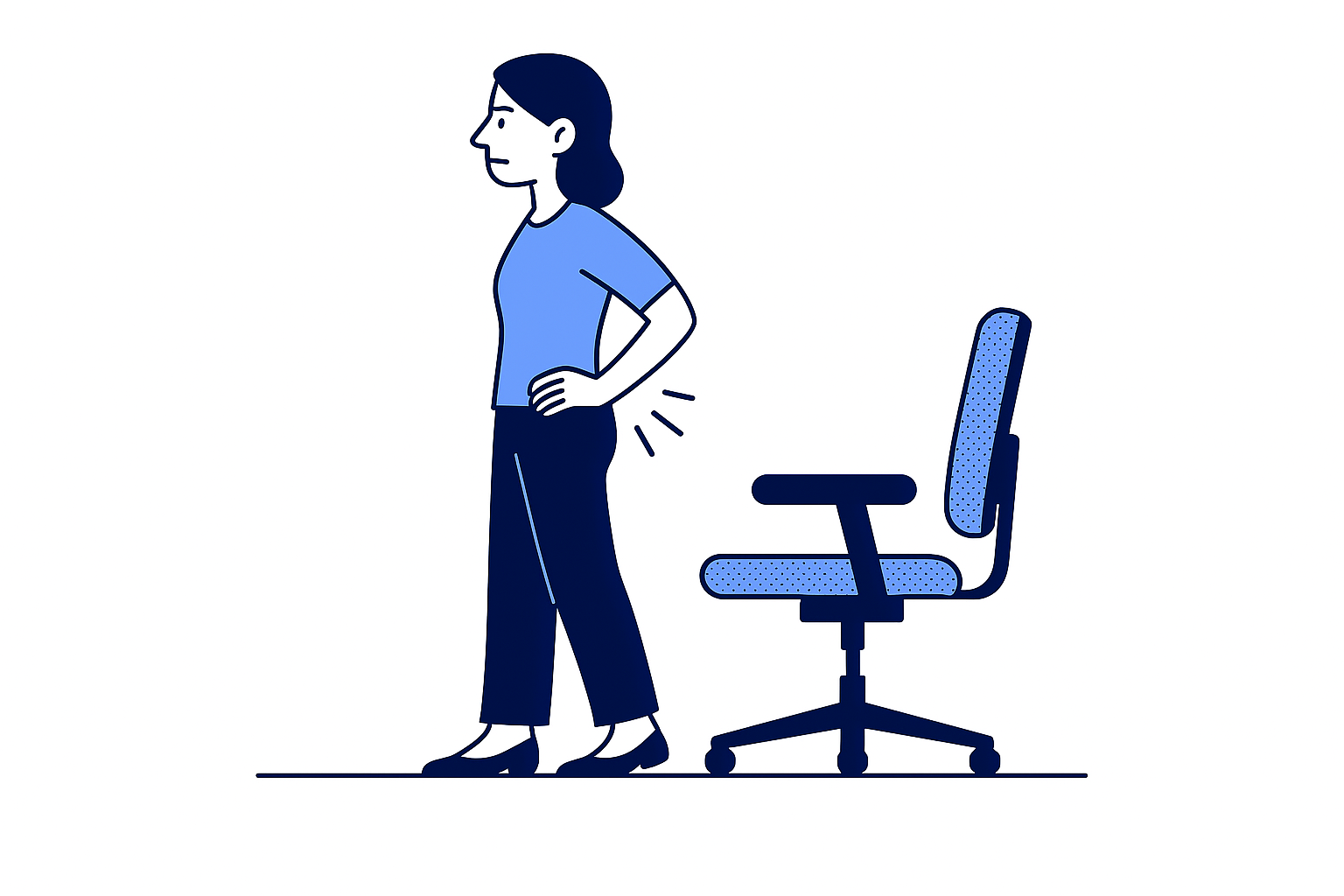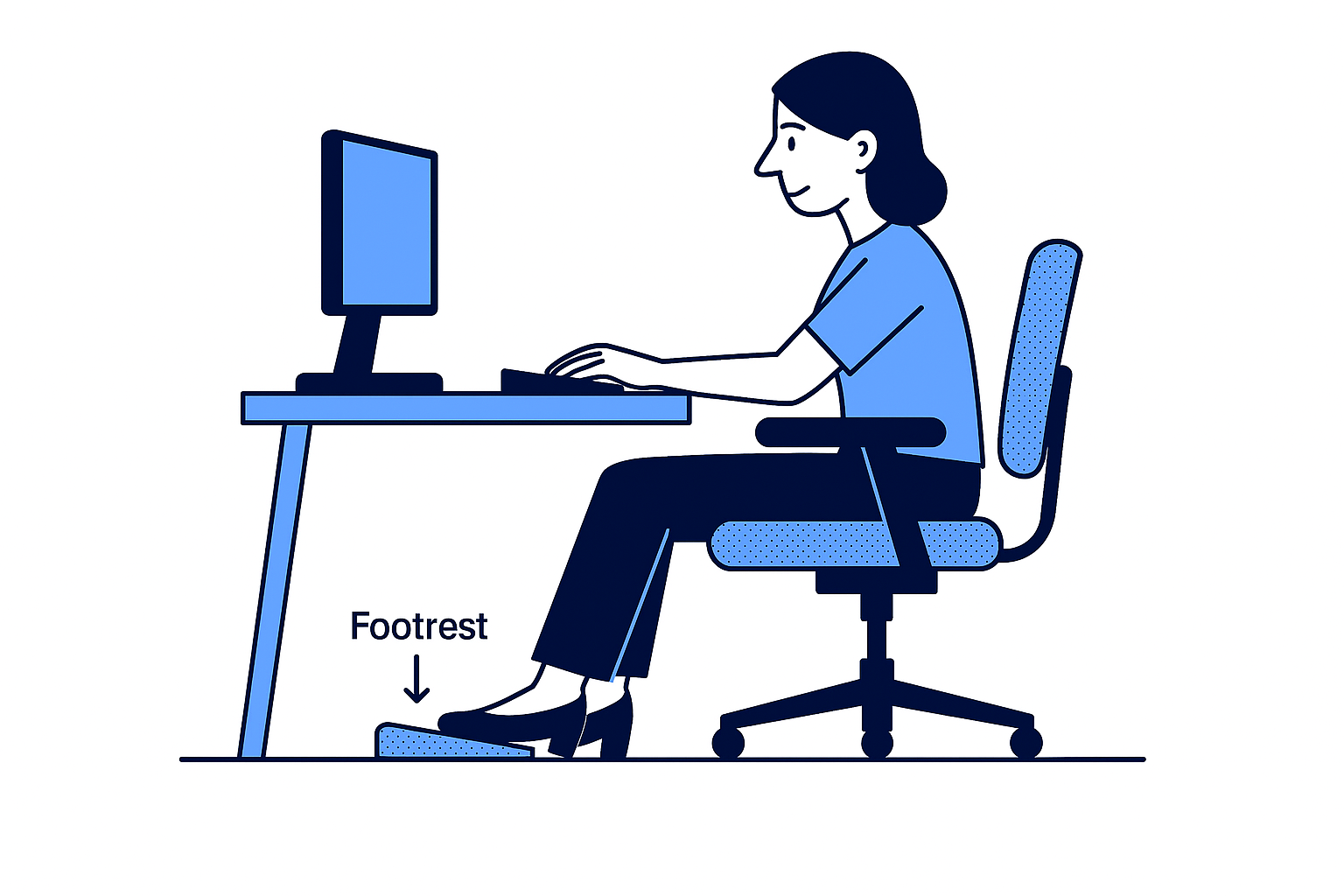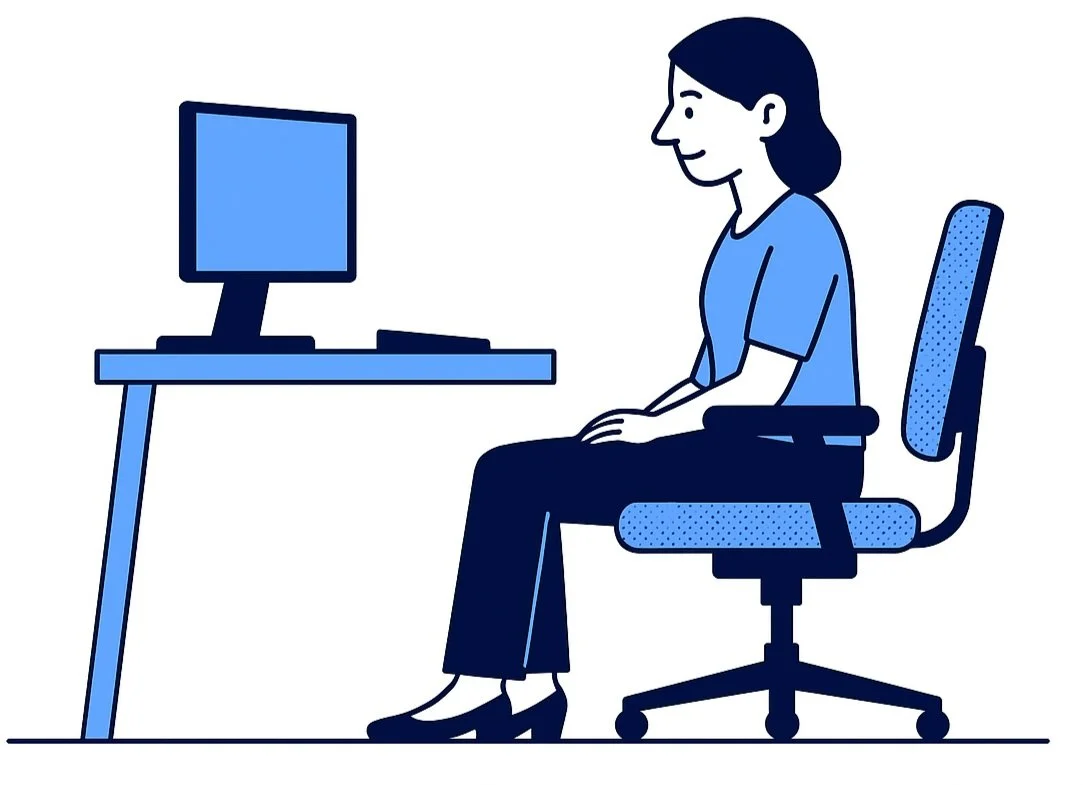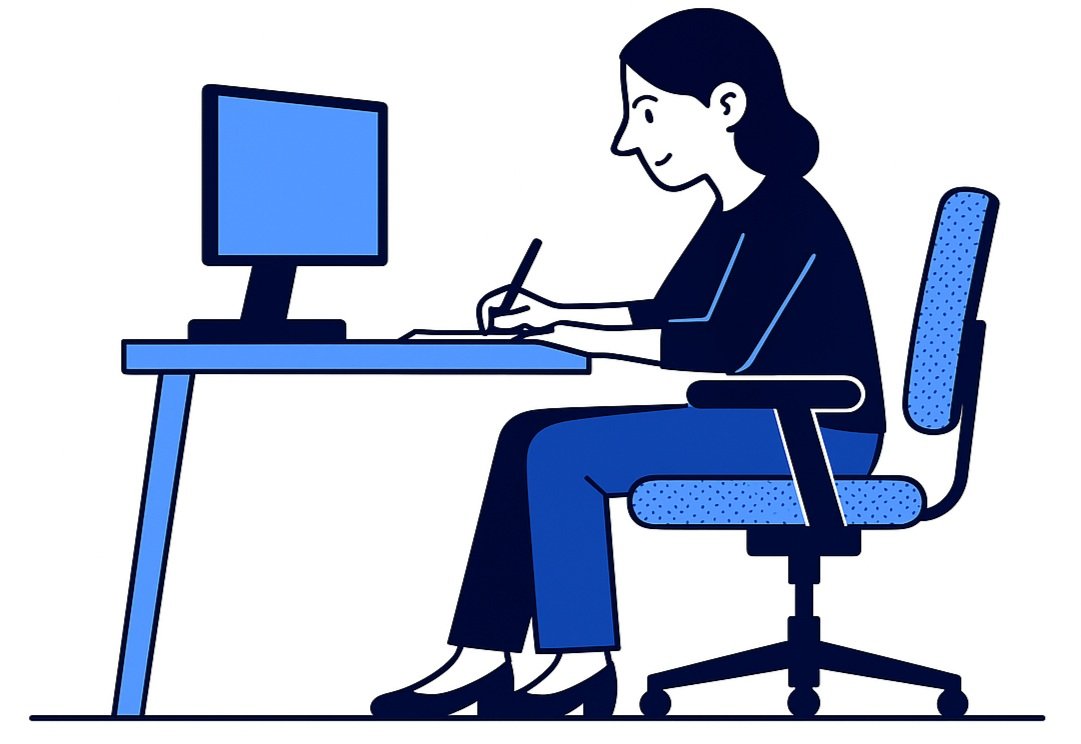Top 10 Ergonomic Mistakes in Office Setups—And How to Fix Them
A well-designed workspace isn’t just about aesthetics—it’s essential for your health, comfort, and productivity. Poor ergonomics can lead to fatigue, discomfort, and long-term injuries. Here are the top 10 ergonomic mistakes people make in office setups—and how to fix them.
1.Chair Too Low or Too High
Mistake: Sitting with your knees higher or lower than your hips can strain your lower back.
Fix: Adjust your chair so your feet are flat on the floor and your knees are at a 90-degree angle.
2. Monitor at the Wrong Height
Mistake: Looking down or up at your screen can cause neck and shoulder strain.
Fix: The top of your monitor should be at or just below eye level, about an arm’s length away.
3. Poor Posture
Mistake: Slouching or leaning forward puts pressure on your spine.
Fix: Sit back in your chair with your back supported and shoulders relaxed. Consider using a lumbar cushion for added support.
4. Keyboard and Mouse Too Far Away
Mistake: Reaching forward strains your shoulders and arms.
Fix: Keep your keyboard and mouse close enough that your elbows stay at your sides, bent at about 90 degrees.
5. Ignoring Lighting
Mistake: Poor lighting causes eye strain and awkward postures.
Fix: Use natural light when possible and position your monitor to reduce glare. Add a desk lamp for focused lighting.
6. Sitting Too Long
Mistake: Staying seated for hours reduces circulation and increases fatigue.
Fix: Stand up, stretch, or walk around for a few minutes every 30–60 minutes.
7. Using a Laptop Without Accessories
Mistake: Hunching over a laptop strains your neck and back.
Fix: Use a laptop stand with an external keyboard and mouse to create a more ergonomic setup.
8. Overlooking Foot Support
Mistake: Dangling feet or poor foot positioning can cause leg discomfort.
Fix: Use a footrest if your feet don’t comfortably reach the floor.
9. One-Size-Fits-All Setup
Mistake: Copying someone else’s setup without considering your own body dimensions.
Fix: Customize your workspace to fit your height, arm length, and work habits.
10. Not Adjusting for Task Variety
Mistake: Using the same posture for every task, from typing to reading.
Fix: Adjust your chair, monitor, or desk position slightly depending on the task to reduce repetitive strain.
Final Thoughts
Ergonomics is about working smarter, not harder. By avoiding these common mistakes and making small adjustments, you can create a workspace that supports your body and boosts your productivity.



